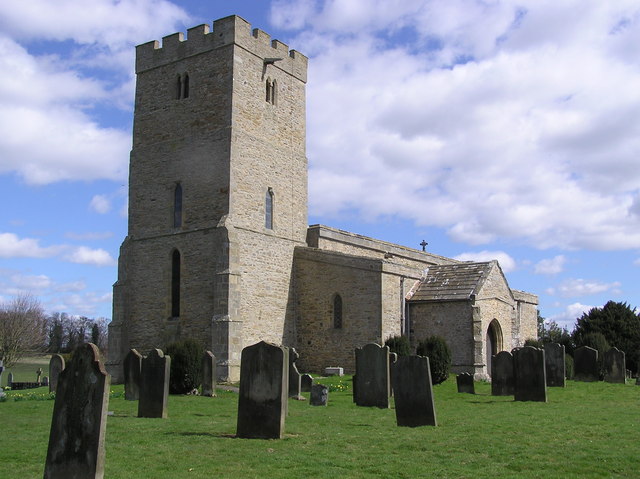Whether you are religious or not, the village church is an iconic part of our heritage. Churches are some of our most celebrated historic buildings with rich and interesting histories. In north-east England a group of professionals have recently received lottery cash for the some of our most fragile historic churches to look towards the future and remaining part of the community. Historic churches to benefit from HLF include many examples of the finest architecture and those of historical significance.

By Hugh Mortimer, CC BY-SA 2.0, https://commons.wikimedia.org/w/index.php?curid=9263090
The Inspired Futures scheme, the plan under which historic churches to benefit from HLF money, was set up by dioceses in Newcastle and Durham. The project will include six churches in the area to develop sustainable futures. It will look at pragmatic and practical solutions for the churches from fund-raising opportunities to financial management, through to engaging people young and old with the church’s individual heritage and history.
The Six Historic Churches to Benefit from HLF
- St Chad’s, Bensham. This Grade II* building stands out for its carved woodwork and stained glass
- St Cuthbert’s, Billingham. A grade one building, the surviving Saxon tower is a draw for architectural historians. Inside is a 17th-century rood screen and font cover
- St Cuthbert’s, Darlington. This Grade I church was built in the 12th century. Though it underwent restoration in the 19th century,it has a medieval spire
- St Cuthbert’s, Elsdon. This c1400 construction is Grade I listed and is believed to be the resting place of St Cuthbert after the monks left Lindisfarne in 875AD
- Church of St Thomas the Martyr, Newcastle. This fascinating building has no parish. A Grade II* designation, it is listed with Historic England’s as ‘At Risk’
- Christ Church, Shieldfield. Another Grade II* it is the youngest of the group, built in 1861 in a medieval Gothic style.
HLF has further information about the project here.
